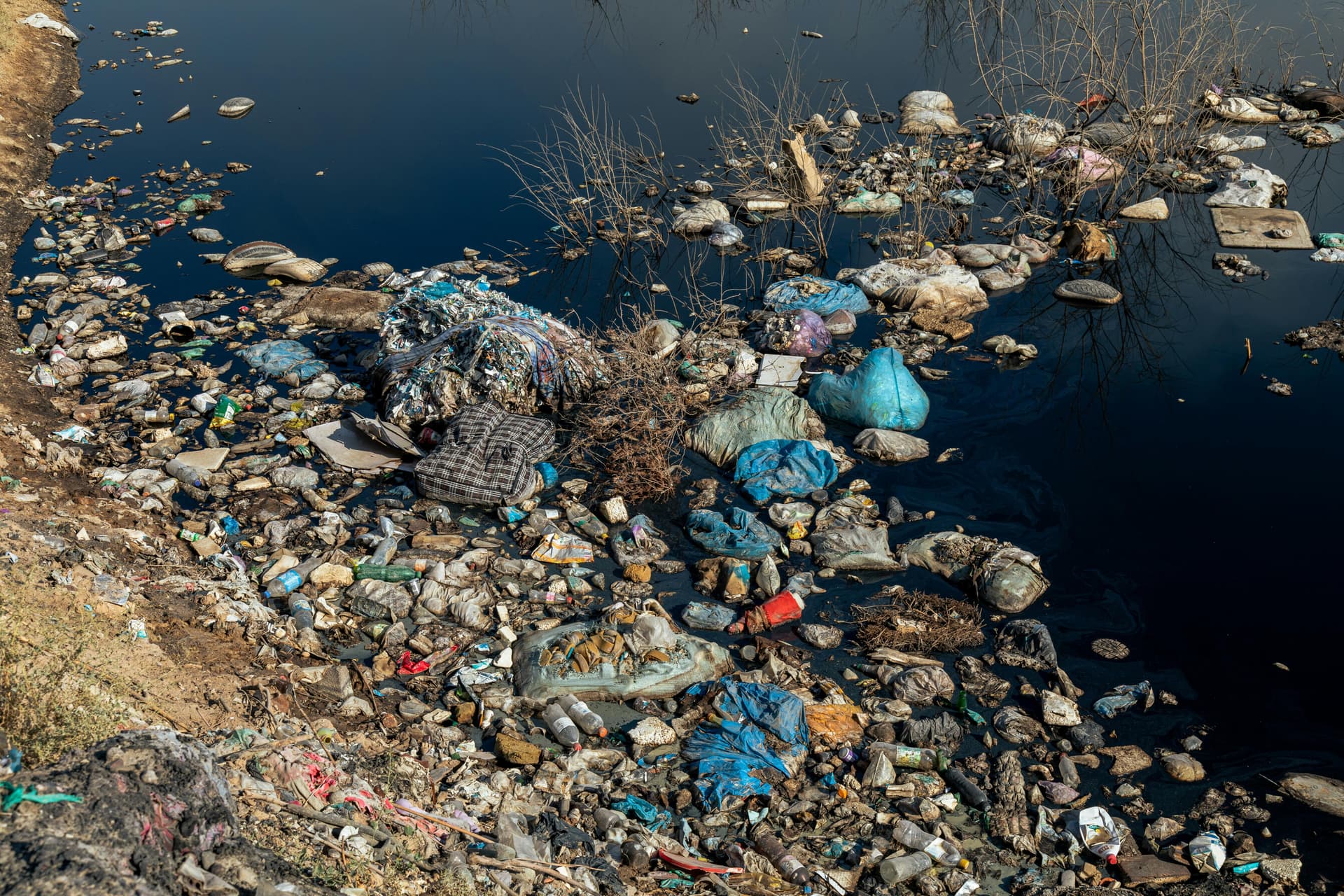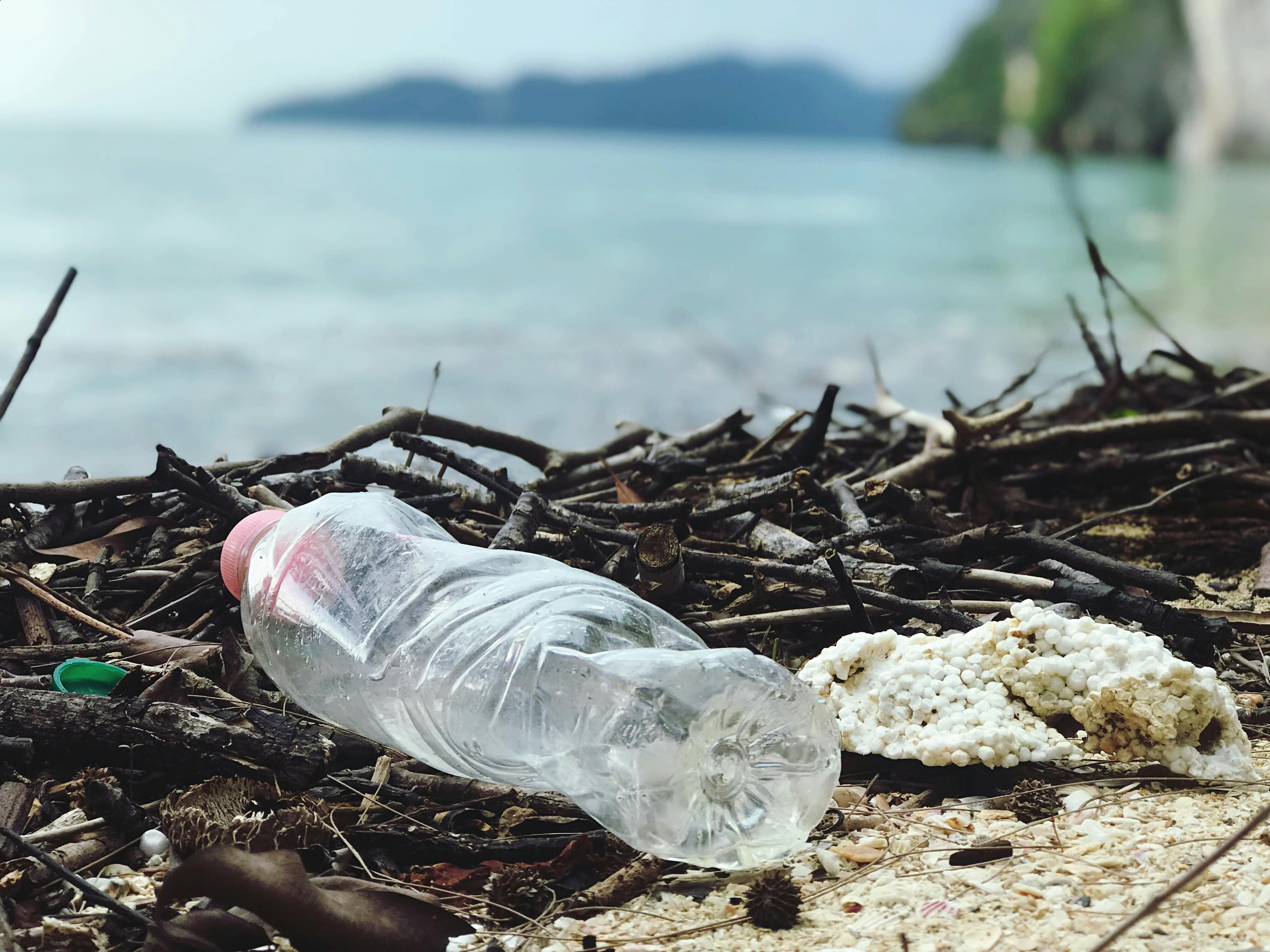Single-use plastics are designed to be used once and then thrown away right away. Examples of these include straws, plastic bags, candy bar wrappers, and bottles. These contemporary comforts are so commonplace and easily forgotten that we barely even notice them. However, there is a high environmental cost associated with single-use plastic, one that humanity will have to pay for millennia. Our addiction to plastic creates harm on our health, wildlife, and oceans.
Our planet’s natural environment is under unprecedented stress. The good news is that you can help restore a healthy planet by reducing your environmental footprint, and we are here to help you.

What is single use plastic ?
Single-use or throwaway plastics are only used one time before being discarded or recycled. Plastic containers, straws, coffee stirrers, soft drink and water bottles and the majority of food packaging are examples of these goods.
About 300 million tonnes of plastic are produced annually, and half of it is throwaway.
Only 10% to 13% of plastic products are recycled globally.
Disposable plastic made from petroleum is difficult to recycle because of its nature; in order to do so, fresh virgin ingredients and chemicals must be added. Furthermore, there are just a few products for which recovered plastic may be used.
In simple terms, single use plastics are products that are created mostly from fossil fuels and are intended to be thrown away immediately after use often in a matter of minutes. The most popular applications for single use plastics are in packaging and service items including bottles, wraps, straws, and bags.
Why is single use plastic bad ?
One obvious illustration of the issues with throwaway culture is single-use plastic. Rather than making long-term investments in high-quality products, we frequently put convenience ahead of long-term effects and durability.
The United Nations Environment Programme estimates that the world produces 300 million tons of plastic annually, half of it for single-use products.
Plastics just break up when left on their own; they don't truly degrade. Plastics gradually break down into smaller and smaller particles due to heat and sunlight, finally taking the form of microplastics. These tiny plastic shards, which are just above everything and have a maximum length of 5 millimeters, are difficult to find. They wind up inside our bodies, in the water, and consumed by wildlife. Microplastics can be especially harmful to animals since they can quickly build up inside an animal's body after consumption and result in conditions like serious intestine challenges or organ damage.
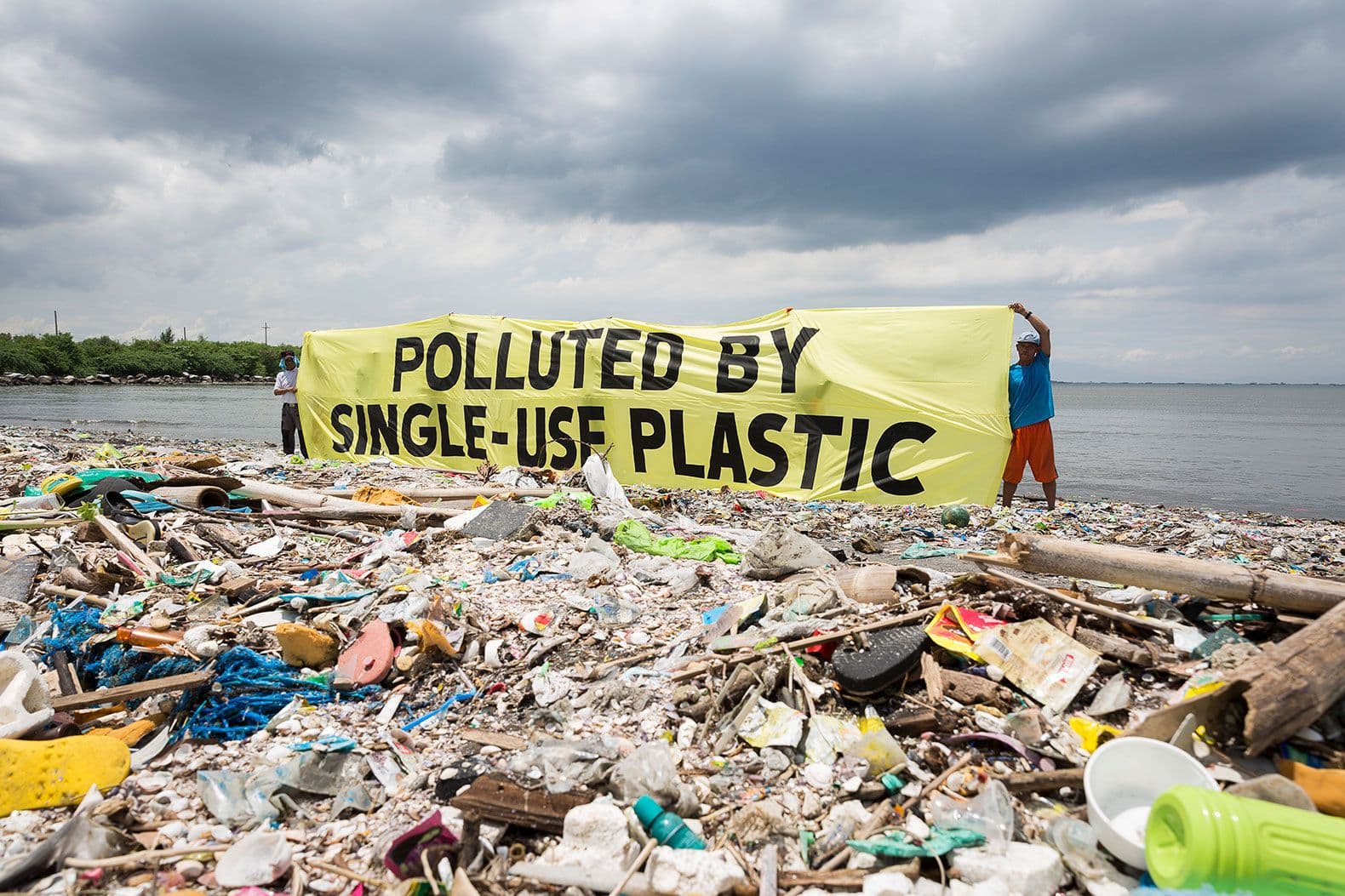
Single use plastic consumptions contribute to climate change ?
Plastics contribute to the climate crisis due to their fossil-fuels based supply chain. The process of extracting and creating these plastics emits huge amounts of greenhouse gasses. It is estimated that just the extraction of these fossil fuels and their transportations to plastic factories emits 12.5 to 13.5 million metric tons of greenhouse gasses.The refinement of plastics emits an additional 184 to 213 million metric tons of greenhouse gasses each year.
Manufacturers of single use plastic consumes 6% of all global oil supply, which is estimated to increase to 20% by 2050. Also, the refining of plastic released 184 to 213 million metric tons of carbon dioxide, which is roughly equivalent to what 45 million passenger vehicles emit each year. By 2050, single use plastics are projected to account for 10% of worldwide GHG emmissions.
The harmful effects of plastic on human health
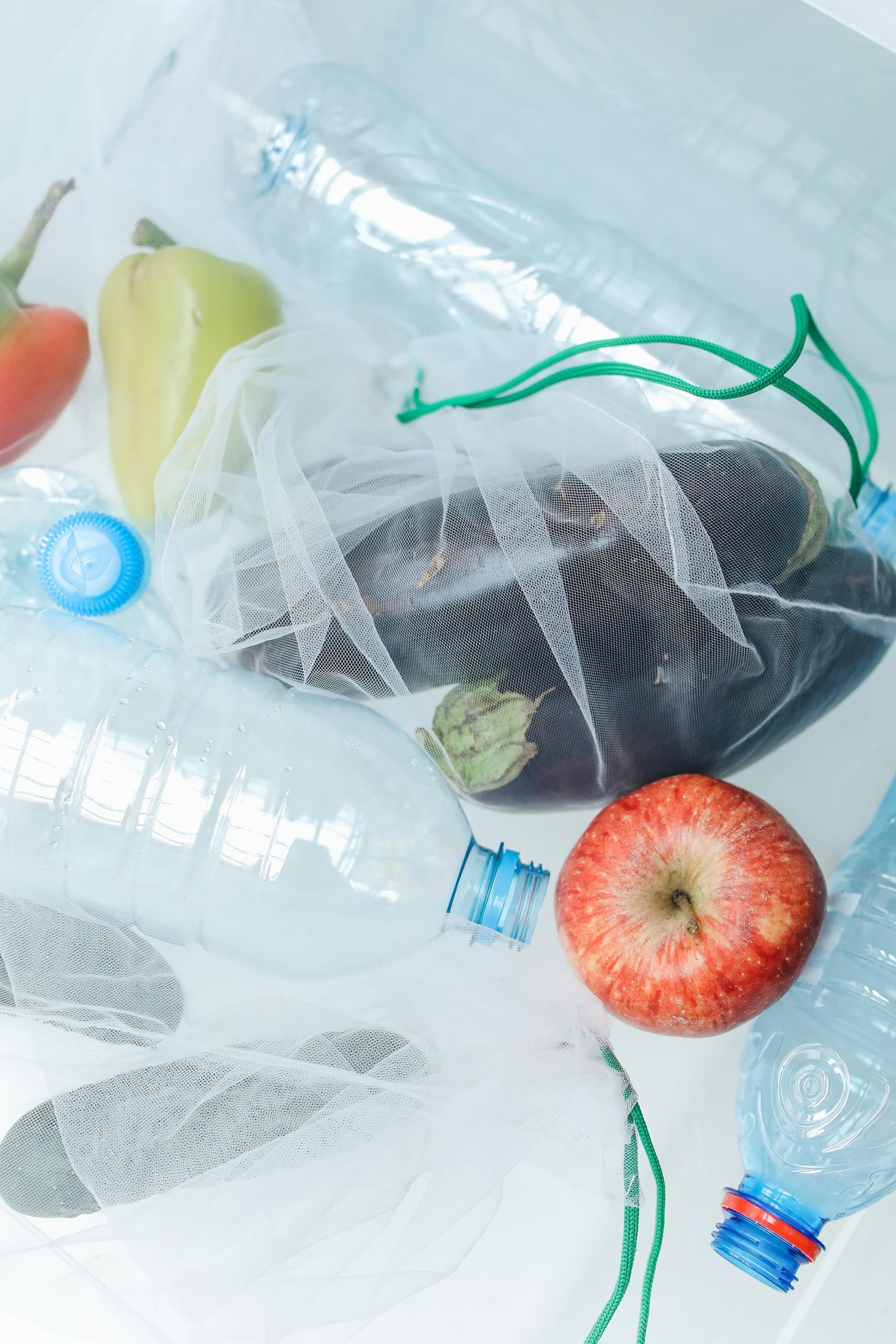
Human health is harmed by single use plastic. When left to degrade in the elements, single-use plastics leach many harmful chemicals into the ecosystem, such as bisphenol-A (BHA). They release endocrine-disrupting chemicals that bioaccumulate in humans and can cause cancer and impact reproductive hormones.
Additionally, the high demand for disposable masks to combat the pandemic has added to the pollution problem. A single disposable mask van releases 1.5 million microplastic into surface waters and ocean environments, hurting marine species and infiltrating people’s drinking water supplies.
How a Single-Use Plastic Ban Can Save Our Planet
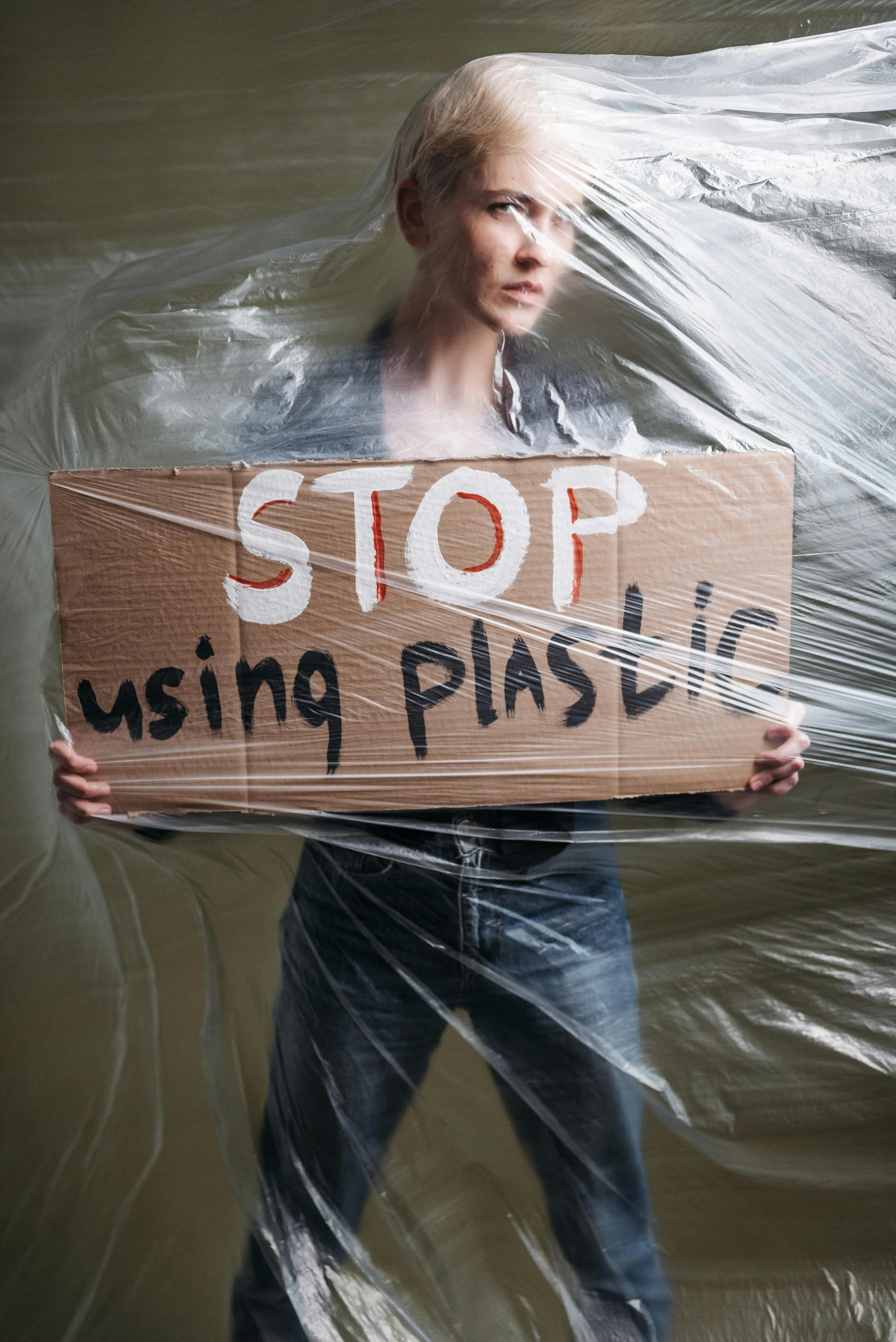
In a nutshell the imposition of a ban on single-use plastics is a crucial measure in safeguarding our planet for upcoming generations. It is clear that single-use plastics have a negative impact on the ecosystem, harming species and polluting our oceans. Eliminating these plastics will help us safeguard natural ecosystems and drastically cut waste. We all have a crucial part to play in this project. It begins with us making deliberate decisions in our day-to-day lives, like choosing reusable items, cutting back on plastic usage, and endorsing companies and laws that put sustainability first. This transition is also largely being driven by public awareness and education, since knowledgeable citizens are more inclined to support and follow ecologically friendly methods.
By working together and expressing a strong commitment, we can build a society in which environmental health and sustainability are given first priority. Governments, businesses, communities, and individuals must work together on this. Together, we can promote a culture of accountability and stewardship that will guarantee a healthier, cleaner Earth for present and future generations.
Future of single-use plastic
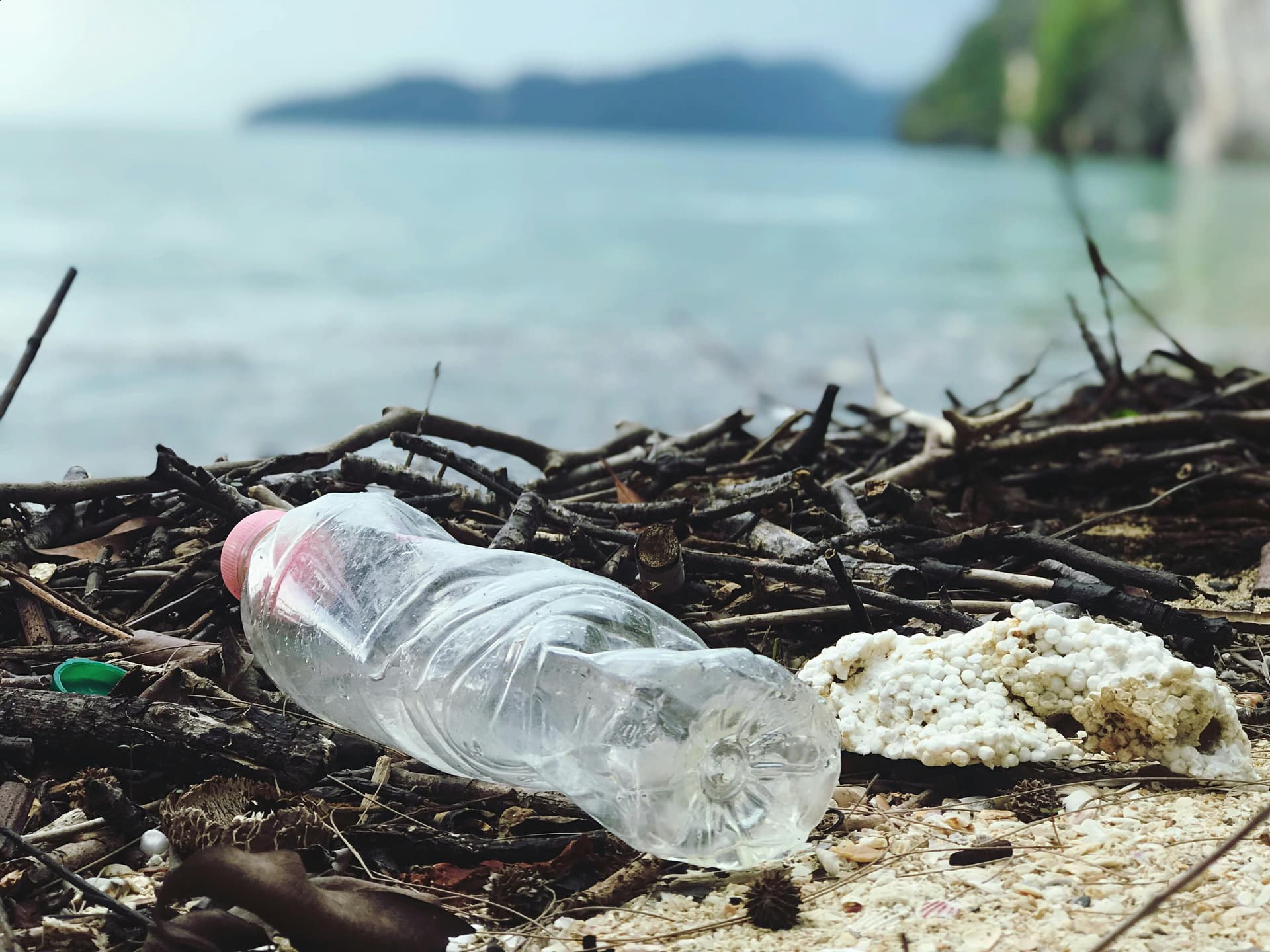
And it’s not at all bad news; in march 2022, the UN passed a global plastic pollution treaty that aims to reduce plastic pollution around the world. Image Source Pexels
The Urgent Need for a Single-Use Plastic Ban
